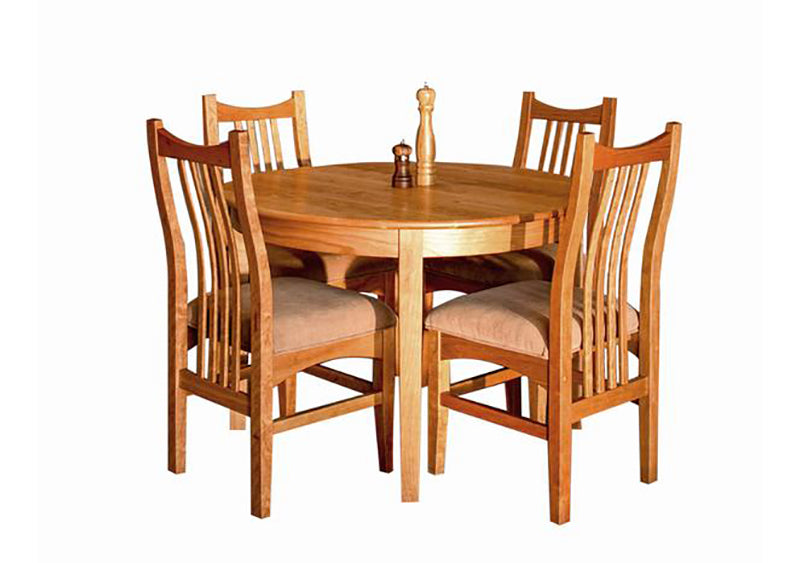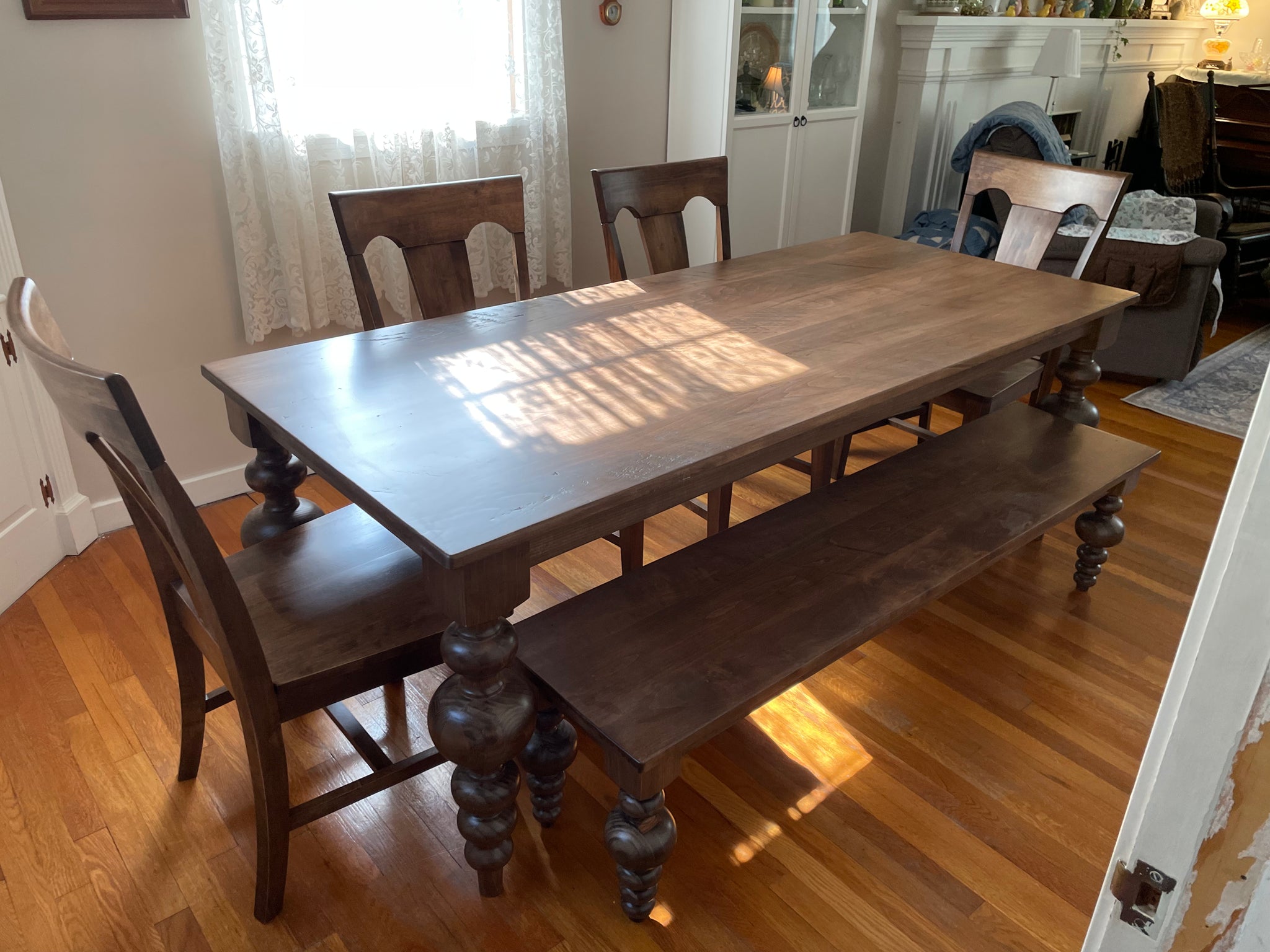Enhance Your Dining Room with Unique and Modern Dining Room Table Legs
Enhance Your Dining Room with Unique and Modern Dining Room Table Legs
Blog Article
From Traditional to Modern: Locate the Ideal Eating Space Table Legs for Your Design
While traditional styles such as cabriole and turned legs stimulate a sense of classic class, modern designs like hairpin and geometric options present a possibility for striking visual passion. As you think about these components, the inquiry continues to be: just how can you effortlessly integrate these varied leg styles to develop an unified dining experience?
Understanding Table Leg Styles
The selection of dining area table leg designs can dramatically affect both the looks and performance of the room. Each leg design contributes unique aesthetic components and sensible functions, dealing with varied layout preferences and usage needs. Recognizing these styles is important for choosing the appropriate eating table that aligns with your general interior style vision.
As an example, tapered legs offer a clean, traditional look that can improve an area's sophistication, while pedestal bases give security and make best use of legroom, making them optimal for smaller areas. Barrette legs, a characteristic of mid-century modern design, present a commercial panache, permitting an airy, open feel. Trestle legs stimulate rustic charm, offering durable assistance and a sense of timelessness.
Additionally, the option of materials plays a substantial function. Wooden legs can bring warmth and appearance, whereas steel alternatives frequently communicate a smooth, modern vibe. Inevitably, comprehending table leg designs is necessary for creating a cohesive eating area that reflects individual style while guaranteeing practicality and convenience. By attentively thinking about these components, you can enhance both the practical and aesthetic appeal of your dining space.
Standard Table Leg Options
When choosing eating area table legs, traditional choices usually embody timeless beauty and craftsmanship. These layouts show a rich heritage and a commitment to quality, making them perfect for those who value timeless looks.
One of one of the most legendary conventional leg designs is the cabriole leg, identified by its stylish curved shape. This style typically includes ornamental makings and is most typically discovered in Queen Anne and Chippendale furnishings. Another prominent alternative is the transformed leg, which boasts a collection of smooth, rounded shapes that give a classic appearance while maintaining stability.
Moreover, the straight leg, while basic, provides a strong and unadorned framework that can blend flawlessly with a variety of tabletop designs. For those attracted to ornate detailing, claw-and-ball feet legs evoke a feeling of grandeur and can function as a spectacular centerpiece in any kind of eating room.
Finally, pedestal bases, although not strictly legs, supply an alternate typical option that enables enough legroom and can be perfectly sculpted. Each of these conventional leg styles adds to the total ambiance of a dining-room, marrying feature with visual charm.

Modern Table Leg Styles
Modern table leg layouts use a varied range of designs that stress innovative products and clean lines. These designs often prioritize functionality while functioning as striking centerpieces within a dining space. Minimalist aesthetics are common, with legs crafted from products such as steel, glass, and crafted wood, which contribute to a contemporary and airy feel.
One preferred style more information is the barrette leg, identified by its slim, tapered structure that supplies stability without frustrating the table top (dining room table legs). This style is frequently located in mid-century modern-day furnishings and can effortlessly complement numerous table forms. One more pattern is the use of geometric forms, where legs may tackle angular or unbalanced forms, including visual rate of interest and a touch of artistry

Blending Styles for Unique Areas
Often, homeowners look for to develop special dining areas that mirror their individual style by mixing numerous layout aspects. This method allows for the unification of varied aesthetic appeals, causing an unified yet unique atmosphere. For circumstances, coupling a rustic wood table with smooth, contemporary metal legs can develop an attractive contrast that elevates the room's overall charm.
Additionally, incorporating vintage table legs with contemporary tabletops can stimulate a sense of background while keeping a modern-day sensibility. Such mixes not only display private taste but likewise urge imagination, enabling property owners to curate an area that feels both personal and inviting.
Color plays a critical function in this mixing process; choosing table legs that match or contrast with the existing color pattern can enhance aesthetic rate of interest. Whitewashed legs can soften the daring of a dark table surface area, developing a balanced aesthetic.
Tips for Picking the Right Legs
Choosing the right table legs is important for achieving both capability and aesthetic charm in your dining room. Begin by thinking about the overall design of your space. Traditional setups benefit from legs that feature complex makings or turned styles, while contemporary rooms may ask for sleek, minimalist styles.
Following, evaluate the elevation and stability of the legs. dining room table legs. Standard table range in between 28 to 30 inches in elevation, so make certain the legs match this dimension for convenience. Furthermore, durable materials, such as hardwood or metal, can improve security and long life
Evaluate the leg form as well-- options include directly, tapered, or pedestal try here layouts. Straight legs use a traditional look, while conical legs can include a touch of elegance. Pedestal bases offer ample legroom and are optimal for smaller sized spaces.
Verdict
In recap, picking the suitable dining room table legs calls for careful factor to consider of both contemporary and typical designs. Traditional choices such as cabriole and turned legs use classic elegance, while modern-day layouts like hairpin and geometric shapes supply a modern touch. By balancing leg style, elevation, and product with the total decoration, a cohesive and inviting atmosphere can be achieved. Inevitably, the picked table legs must reflect the preferred aesthetic, improving the dining experience within the space.
The variety of eating area table leg designs can page significantly influence both the visual appeals and performance of the area. Ultimately, comprehending table leg styles is necessary for producing a cohesive eating location that shows individual design while guaranteeing functionality and comfort.One of the most iconic typical leg styles is the cabriole leg, characterized by its elegant bent shape. Straight legs supply a classic look, while tapered legs can add a touch of sophistication.In summary, selecting the optimal eating room table legs calls for mindful factor to consider of both modern-day and traditional designs.
Report this page